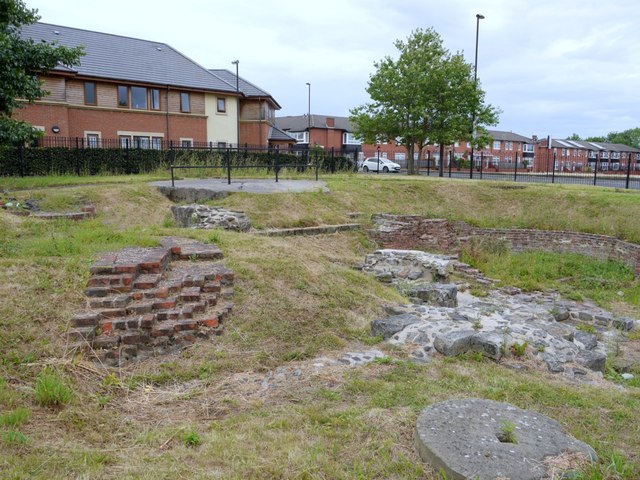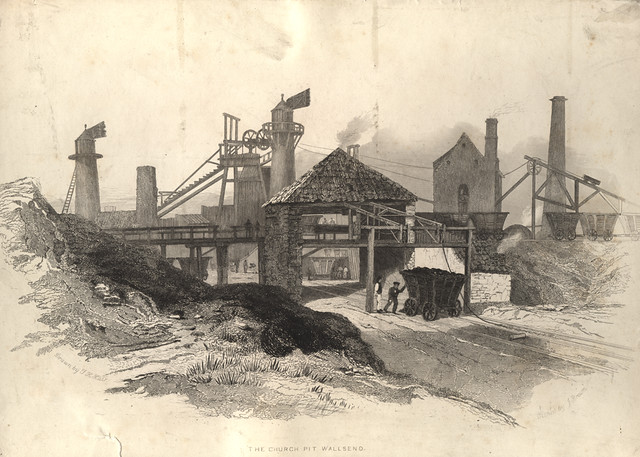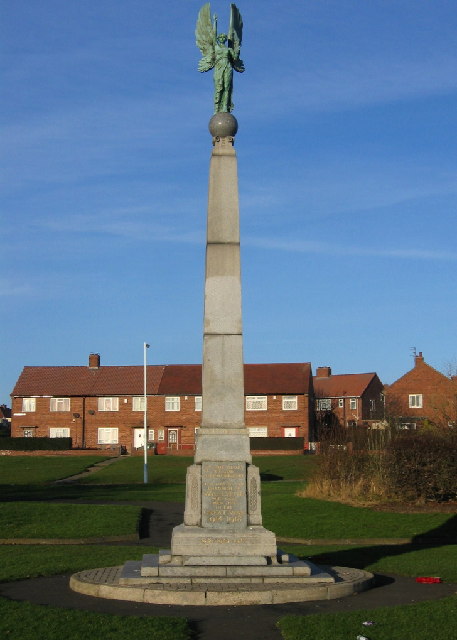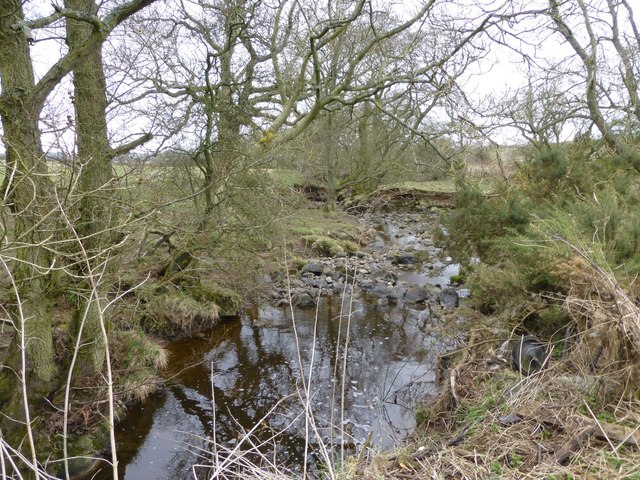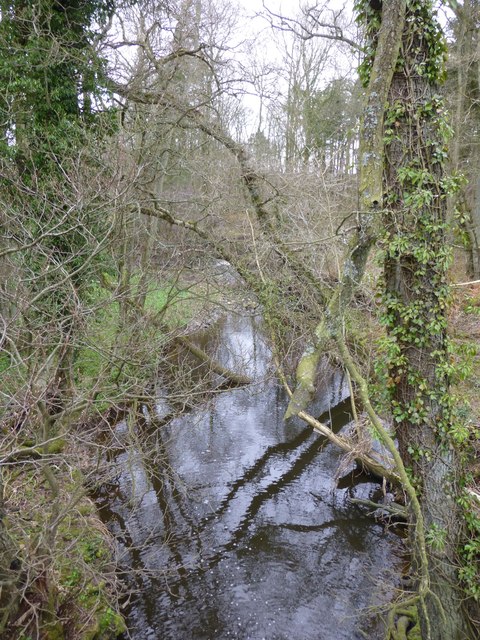Remains of Wallsend Colliery

-
Description
"The site of Wallsend 'B' Pit opposite Segedunum Roman Fort was excavated in 1997. It was one of several shafts of Wallsend Colliery originally opened in 1780. The stone walls date from 1780 to 1847 and housed winding and pumping engines. The round brickwork walls housed 'haystack' boilers used to produce steam that powered the engines. When the pit closed in 1847 it was maintained as a ventilation shaft until 1969 for the Rising Sun Colliery which opened in 1908. The shaft itself was sealed with a concrete cap which is now part of the viewing platform below the railings on the path above. The coal from Wallsend Colliery - 'Best Wallsend' - had such an enviable reputation and was in such demand in London and elsewhere in the early nineteenth century that soon all top quality coal from Tyneside pits was given that name. The Colliery itself had a reputation for innovation and good management - the famous inventor and entrepreneur John Buddle was Viewer at one time. The main road behind is named Buddle Street in his honour. But his and the colliery's reputation suffered, along with the men and boys, and their families, in the afternoon of Thursday 18 June 1835, when a disastrous explosion occurred at the colliery. 103 miners, as well as 11 horses were killed." Photo by Andrew Curtis, 2013, and licensed for reuse under a Creative Commons Licence. -
Owner
Geograph.org.uk -
Source
Geograph (Geograph) -
License
What does this mean? Attribution-ShareAlike 2.0 Generic (CC BY-SA 2.0)
-
Further information
Link: http://www.geograph.org.uk/photo/3575295
Resource type: Text/Website
Added by: Simon Cotterill
Last modified: 8 years, 8 months ago
Viewed: 1583 times
Picture Taken: Unknown -
Co-Curate tags
